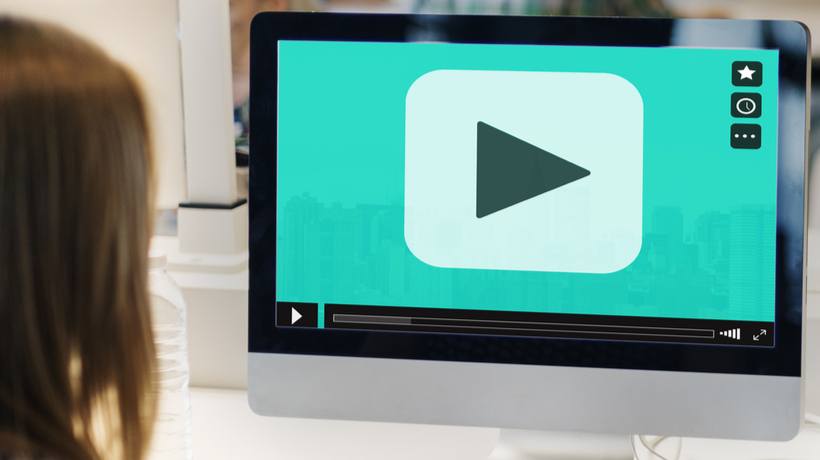How The Crisis Has Changed How We Train
Now more than ever, L&D professionals have had to step up and jump on board the eLearning trend, whether you see it as a temporary solution or the new L&D normal, it's clear that things have changed. With 2020 rendering face-to-face training virtually impossible, we've had to scramble to get ourselves Zoom proficient and transform our training plan into a digital training plan. So what have we learned? While having a large library of eLearning courses available for our employees is great in theory, in reality, this is a long process that involves investment in skills training, tools, and a full-time Instructional Designer more often than not. So what's the alternative? How can we, as L&D professionals, meet the training needs of our colleagues in a timely and fully digital way without sacrificing on quality?
What's The Netflix Model?
The world of eLearning moves quickly and trends are emerging constantly. Until very recently, companies were striving to create a "Netflix model" of education for their employees. But what do we mean by this? The Netflix model offers a library of digital training content (usually hosted in a Learning Management System) that employees can consume at their own pace, on any device. However, times have changed and needs have evolved just as quickly. Not only can this model be extremely costly, but it can also miss the mark on technical training or more business-specific content, such as induction packages and competency training. So move over Netflix, there’s a new training model in town!
To Buy Or Not To Buy?
While off-the-shelf content created by agencies can be great to cover specific learning needs and to create that Netflix library we’re all yearning for, it does come with a few pitfalls. Research shows that employees respond better to in-house or bespoke content as it feels more relevant to their needs. Having a large Netflix-style library of off-the-shelf eLearning courses can be overwhelming for employees, and may actually have the opposite effect. So what’s the alternative?
Whether you’re an L&D professional creating in-house digital training or you work for an agency, we can all agree that creating quality eLearning courses can take time, resources, and expertise. This, for a lot of companies right now, might just not be on the cards. So how can companies continue to offer their employees engaging, relevant training quickly and on a shoestring?
Say Hello To The YouTube Model
Enter the YouTube model of education. Many L&D teams are now harnessing the power of knowledge sharing to answer this need and fill skill gaps. Rather than churning out eLearning courses at an alarming rate, why not seek out some Subject Matter Experts within your company and make the most of their expertise?
The new goal for L&D professionals is to create a framework for employees to easily upload their own training material and share their knowledge, much like the tried and tested YouTube format. Studies have shown that social learning (learning by watching and imitating others) is how most of us learn best.
As if that weren't reason enough, research also shows that employees have limited time for professional training and as a result, value short, on-the-job training more than longer courses. This is great news for us in L&D, by changing to a YouTube strategy, we can create usual and relevant eLearning content all across our businesses without the need for video creators, graphic designers, and lots of content authoring licenses.
Where Do I Start?
Start off by taking stock of the tools you currently have and see which tools can cover your needs. For example, does your LMS offer coach and share features? If so, creating dedicated channels for employees to share their own tutorial videos and step-by-step guides can take the ache out of technical training. Invest the time in designing clear formats for tutorial videos, presentation templates for knowledge sharing sessions, and a great gamification plan to reward employees for participating in the knowledge sharing process.
Many Learning Management Systems will offer rating systems to rank content and hubs to create forums, Q&A sessions, and space for employees to share resources and learn together. If you haven’t already, invest some time in researching how your current LMS and authoring tools can facilitate knowledge sharing in your organization and push informal learning to complement formal eLearning courses.
Great digital training doesn't have to cost the earth, create a learning culture in your company and harness the expertise of your colleagues. We all perform best when we're in the driving seat of our own learning experience. It’s an exciting time in the eLearning industry, and it’s time to harness the power of knowledge sharing, YouTube style.









